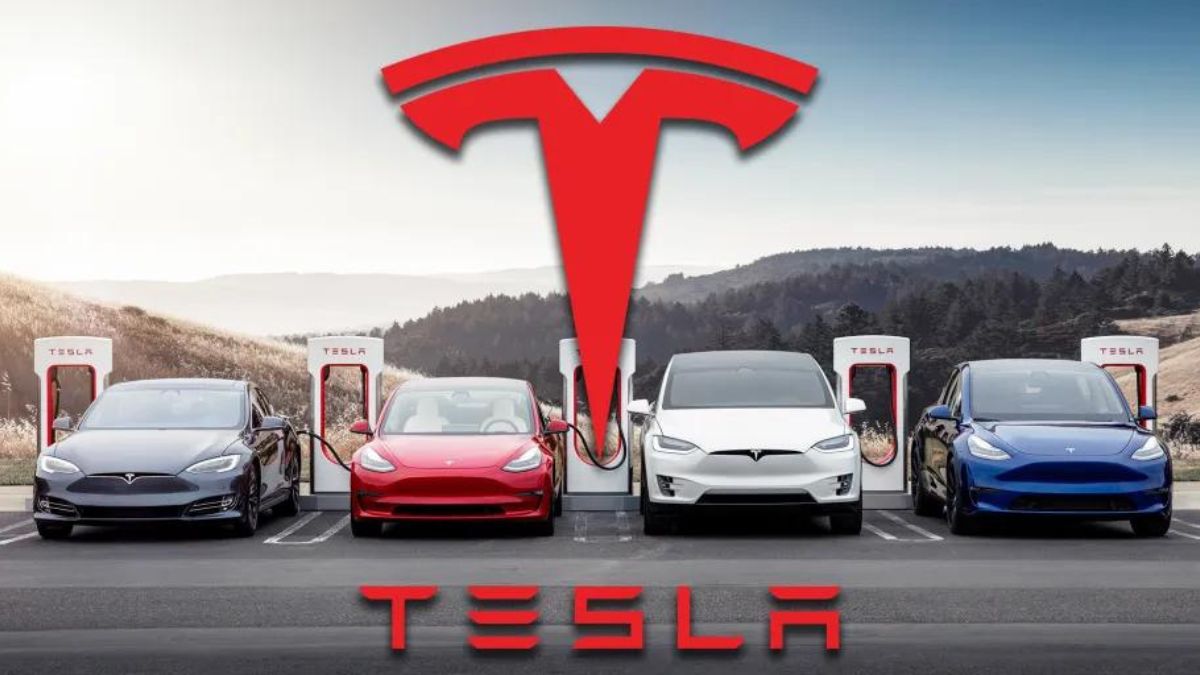
Advertisement
Tesla reported a significant drop in its profit margins for the second quarter, as the company grapples with rising expenses and increased competition in the electric vehicle (EV) market.
In its earnings report released Tuesday, Tesla revealed that its adjusted operating margin fell to 14.4%, the lowest in three years, down from 18.7% a year ago. This marks the fourth consecutive quarter of margin shrinkage. The company reported net income of $1.48 billion on $25.5 billion in revenue, which included $890 million from regulatory credits.
The company’s profit margins are being squeezed by two major factors: escalating costs related to its artificial intelligence (AI) initiatives and a drop in EV deliveries. Tesla is heavily investing in AI infrastructure to advance its autonomous driving technology and develop its Optimus humanoid robots. This includes substantial capital expenditures on AI and computing infrastructure, which saw a 39% increase in operating expenses from the previous year, reaching $2.97 billion. Specifically, $600 million of this was dedicated to AI-related projects.
Tesla’s approach to managing declining EV sales includes substantial discounts and incentives. The company has been offering competitive financing options, such as zero-interest loans and low-interest rates, to boost sales amidst high interest rates and growing competition, particularly in China and Germany.
Despite these efforts, Tesla’s automotive revenue fell 7% from the previous year, continuing a downward trend driven by a reduction in average selling prices and lower deliveries. The company’s stock saw a drop of about 8% in after-hours trading, closing at $227.23, with a year-to-date increase of less than 1% compared to the Nasdaq’s 20% rise.
Tesla’s ongoing investments in future technologies include its Dojo supercomputer project, aimed at competing with Nvidia in the AI space. CEO Elon Musk reiterated the company’s commitment to this project and the broader goal of vehicle autonomy, dismissing short-term financial challenges as “noise.” Tesla is also preparing to unveil its dedicated robotaxi, or CyberCab, in October, and Musk expressed confidence that autonomous rides will be available by next year.
Overall, while Tesla continues to invest heavily in its technological future, the company is facing significant financial pressures in the short term as it navigates a competitive EV market and high investment costs.
